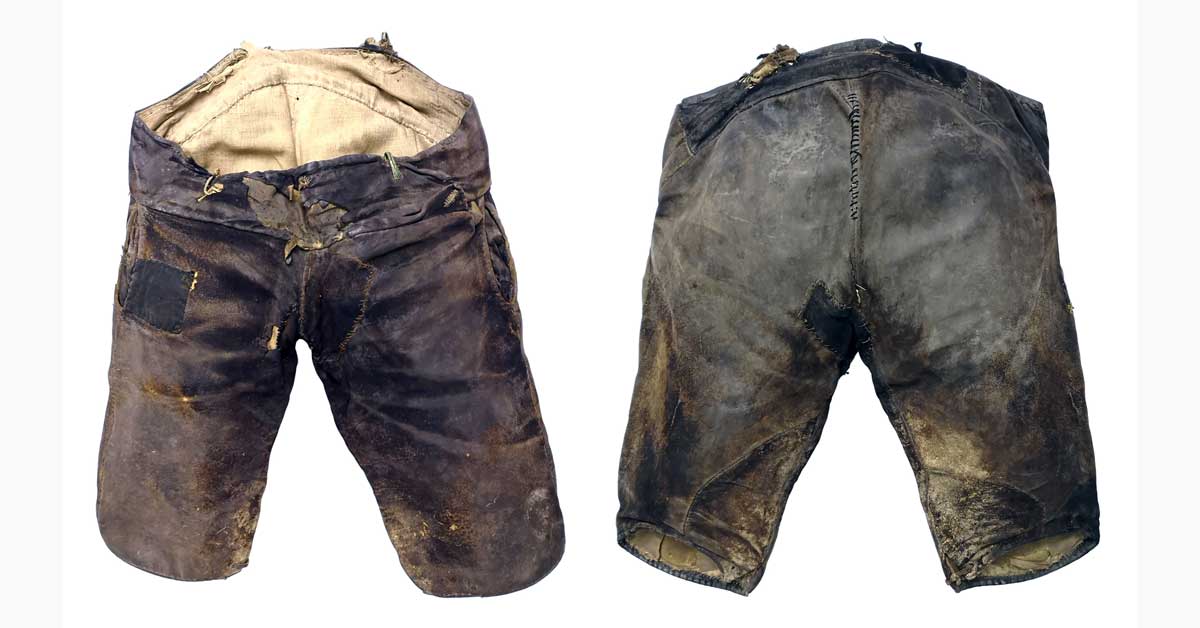20 February 2023
South Tyrolean lederhosen is one of the objects of the digital exhibition 'Throwaway' by 10 European museums making aware of ways to prevent garbage and reuse waste as new materials

The exhibition 'Throwaway. The history of a modern crisis' opened to the public on 18 February at the House of European History in the European Parliament in Brussels where it will be on view until 14 January 2024. Ten European museums contributed to the historical exploration of the environmental crisis starting with the Industrial Revolution up to nowadays with an outlook on how the future can be changed. Among them are two museums from Austria, the Museum of Natural History and the Austrian museum of folk life and folk art (Volkskundemuseum); both are located in Vienna. The exhibition is extended by a digital platform on throwaway-history.eu where around 70 objects are showcased for telling the European history of the production and consumption of goods from the perspective of the increasing amount of waste and strategies for changing production and consumption behavior.
When Fashion.at visited the platform today, not all objects were on view. As Fashion.at learned in a phone call, the work on the platform is still in progress. Already online is for example a game concerning the word 'rubbish' for defining it together. The definition of what becomes waste or what can be reused, upcycled or recycled is crucial and runs like a red thread through the spotlighted history.
The exhibition in Brussels is structured in four chapters, starting with 'Did you say rubbish?', followed by chapters that shed light on the change in social behavior from the industrial revolution to the end of the 2nd World War and the throwaway culture from 1945 to today with the outlook 'Living with(out) rubbish'.
Image: Already online at throwaway-history.eu is the South Tyrolean lederhosen of a goatherd. The leather breeches are published with basic information like date of production (19th century), place of origin (Meran), or when the object became part of the collection of the Austrian museum of folk life and folk art.
The structure of the digital exhibition provides for each object answers to questions about the historical European context, the design, the usage, and the relation to waste. In the case of the goatherd's leather breeches, the design that makes them long-lasting, durable and the practice of repairing and reusing prevented the garment from becoming waste.
Photo: © Christa Knott / Volkskundemuseum Wien. |


